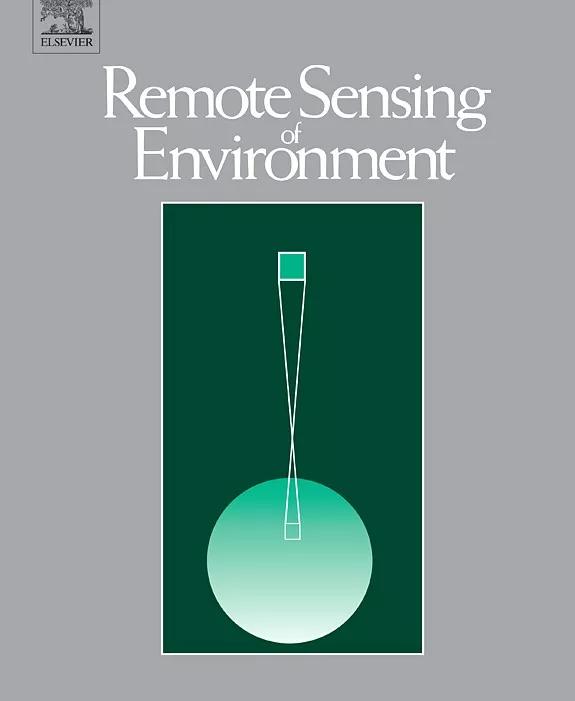Determination of weather-induced short-term sea level variations by GNSS reflectometry
We propose to derive local sea level variations by using the Signal-to-Noise Ratio (SNR) of the GNSS reflected signals at four GNSS single antenna sites (ILDG, TAR0, FFT2, LYTT) located at different latitudes. For these sites representing various ocean conditions (waves, tides, storm surges, etc…), tides estimates by SNR are highly consistent to tide gauges records as highlighted by tidal harmonic analysis, with a Root-Sum-Square (RSS) ranging from few centimeter in micro-tidal environment to near a decimeter in macro-tidal environment.SNR non-tidal residuals (NTR) are compared to two modelled sea level responses to meteorological forcing, namely the analytical Local Inverse Barometer (LIB) model and the numerical Dynamic Atmospheric Correction (DAC). Both DAC and LIB models are coherent with this non-tidal SNR residual in a 2-days to 2-months time window with correlations reaching 0.7 and high coherences. Several noteworthy atmospheric events are observed in the time series of about one year. During intense events, SNR and models are highly correlated. According to the results obtained in this study, we conclude that the GNSS reflectometry technique is relevant to derive sea level variations at tidal periods but also for studying the behaviour of the sea surface in response to atmospheric forcing at short-term scales.
T. Gravalon, L. Seoane, G. Ramillien, J. Darrozes, L. Roblou
- Remote Sensing of Environment, volume 279

